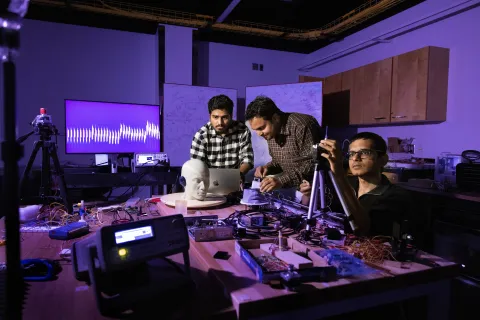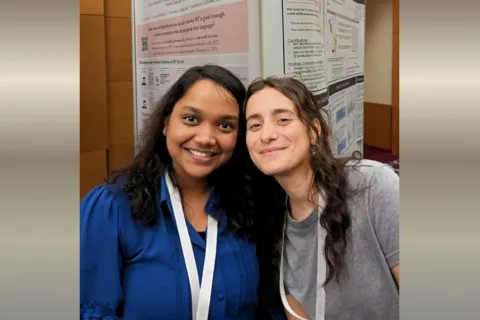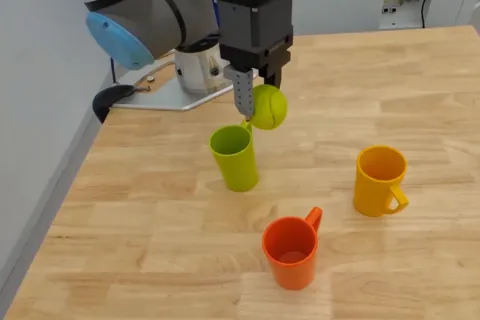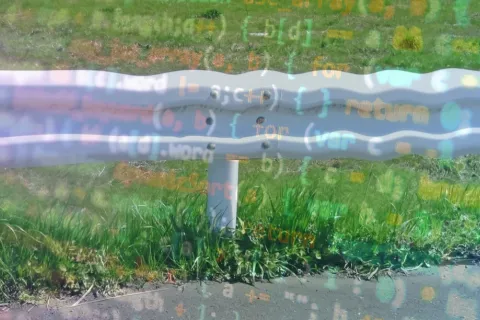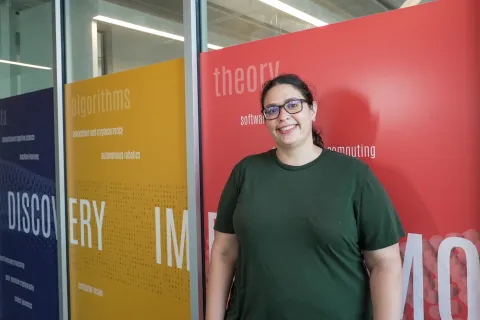Active Filters
Research Highlights
Whether it’s faculty unveiling new digital tools and technology, graduate students receiving accolades at a major conference or symposium, or an engaging profile featuring one of our dedicated support staff, our news highlights below showcase the depth and breadth of our research enterprise.



